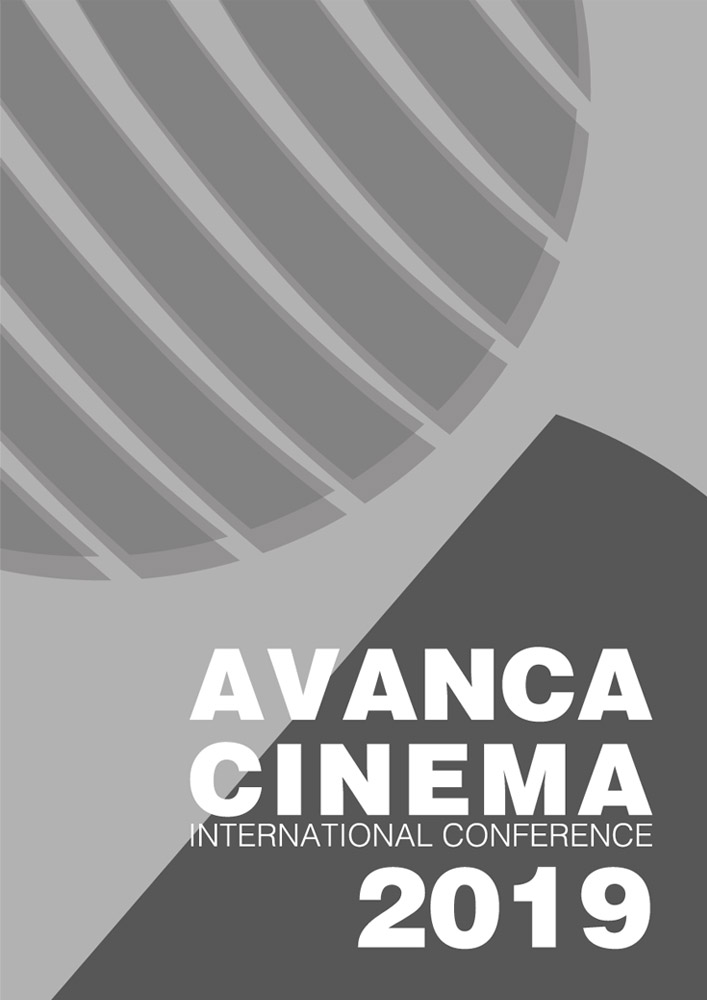Chapter II _ Cinema - Cinema
Fora de campo e Campo sonoro em Cinema
Abstract
Usually associated with the practice of cinema, offscreen is understood as everything and what is not contained in the field of cinema, in the plane of image and sound. This conference addresses the issue, placing the field and the field out of the image creation and its relation to what the plan entails and obliterates, in the same way as theatre space, the existence of another space that is filmic. In the same way, the sound field installs itself as the offscreen, to where it is sent what is not in the field. The sound construction, far from replicating the field of the image, establishes the possibility of the film being composed, in fact, by two films. The absence of sound in silent films would have its adherents in the totalizing idea of the art of moving images. However, offscreen was a real need to occupy this field. With the advent of sound, the transformations of silent cinema into sound cinema, established the possibility of a new cinematographic art, in fact two arts: silent cinema and sound cinema. The characteristics of both are not complementary, but rather simultaneous. That means a true relationship between the need of to show everything in field and to reinforce the idea that the field doesn’t exclude the offscreen. Cinema is a sound art, like music and theatre. Like them, cinema founds its nature in the replica of the human: the voice, the sound production, the silence. Like the theatre, cinema makes use of two organs for its reception and for its creation: the eye and the ear. In this way, the cinema works the look more than the see and works more listening than hear.

This work is licensed under a Creative Commons Attribution 4.0 International License.

